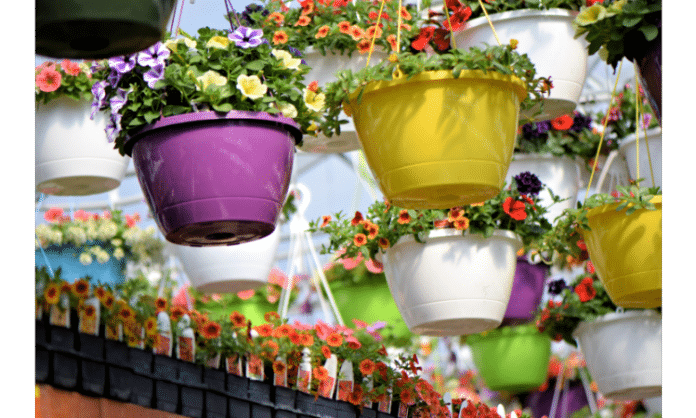
The easiest way to add a little color and variety to your garden is with a hanging basket. If you don’t have an outdoor space of your own, try adding some plants to pots on your porch or balcony. But the best part about hanging baskets is that they’re easy enough for even novice gardeners to take care of—so if you’re intimidated by the idea of growing plants from seeds or setting out seedlings, don’t be! Here’s our guide to some of the best hanging basket plants that are perfect for first-time growers looking for something colorful and low-maintenance.
Begonia
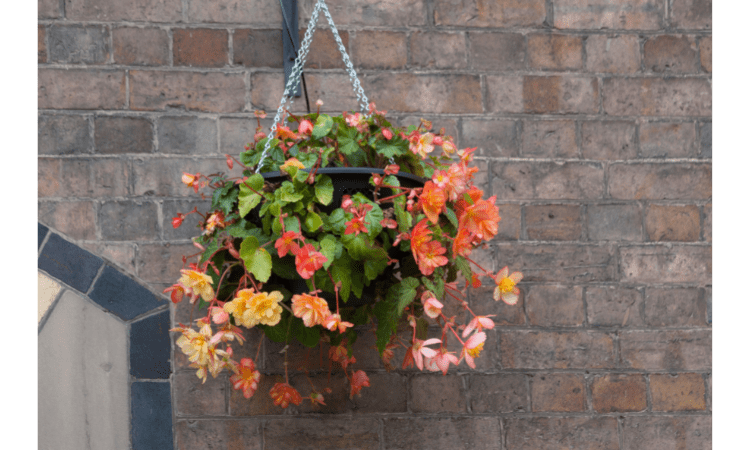
Begonia is a perennial flowering plant that comes in many colors, including pink, red, white and yellow. It’s an excellent choice for hanging baskets because it looks great and is easy to care for. Begonia is also a good choice if you’re just starting out with indoor gardening—it’s one of the easiest plants to grow indoors.
Growing Begonia
Begonias require plenty of light and humidity so make sure you place them near windows where they’ll get plenty of natural light throughout the day (but never direct sun). They also need warm temperatures: 65°F – 85°F during the day and 50°F – 60°F at night will do just fine. Begonias grow best when their soil can dry out between waterings so make sure not to over-water them!
Begonia flowers come in many different colors including pink, red, white and yellow. The flowers come in all sorts of shapes too—some are double-flowered (two blooms on each stem) while others have only one flower per stem (called singles). You should expect your begonia’s leaves to change color or fall off completely as they mature—this happens naturally as part of their life cycle.
Black Eyed Susan Vine
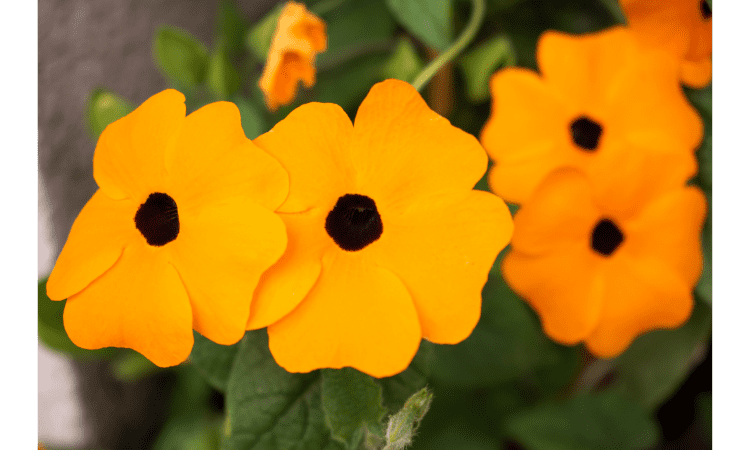
Black Eyed Susan Vine (Thunbergia grandiflora)
This beautiful vine is a great choice for hanging baskets, as well as in garden beds or flower beds. It can grow in sun or shade and will climb anything you put it on. While it can be trained to climb up your trellis or any other structure that’s available, it also makes an attractive ground cover when planted directly into the soil. Blooms range in color from deep burgundy to light pink, making this plant an excellent choice for many different gardens and spaces.
Fuchsia
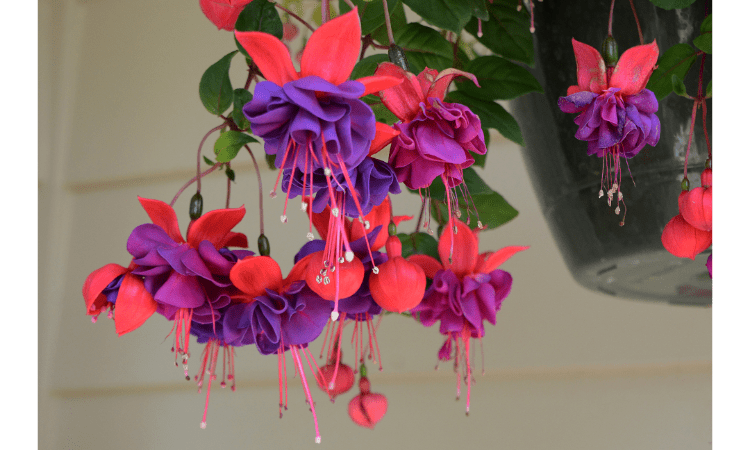
- Place in a hanging pot or on a trellis. Do not place in the ground.
- Fuchsias require good light, but should be protected from full sun and windy conditions. * Water when the soil feels dry to the touch and only enough water to keep them moist at all times (adding too much water will cause root rot). Planting Tips
- Planting instructions vary by species; follow specific planting instructions for your particular fuchsia variety for best results! A general rule of thumb is to plant about 1 inch deep into moist soil or compost that has been amended with organic matter such as peat moss or coconut coir fibre (you can usually find this at your local gardening center).
- You can also propagate fuchsias by taking cuttings from healthy stems and allowing them ripen under fluorescent lights until they show signs of new growth before planting them in pots filled with an equal mixture of peat moss, perlite, vermiculite—or whatever medium you prefer—that still allow drainage holes at the bottom of each container(s). Once rooted sufficiently so that there are no longer any visible signs of green tissue underneath each cutting you should then transplant them into larger containers as needed while continuing regular watering/feeding cycles until they reach their final destinations outdoors during warmer months when temperatures rise above 60 degrees Fahrenheit outside daily .
Lantana
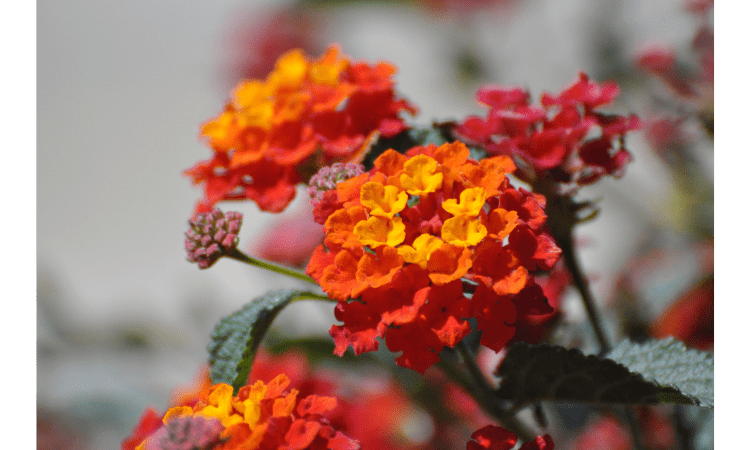
Lantana is one of the easiest plants to grow and maintain. It can be grown in a hanging basket, but it also does well in containers or planted on its own. This plant prefers full sun to partial shade, making it ideal for sunny patios or porches as well as shady spots next to your home. You can even grow lantana indoors if you want!
The Lantana camara grows best when planted in sandy soil (pH 5-7), although they will adapt well to other types of soil as long as drainage is good. They like their roots dry so make sure the pot has holes at the bottom so excess water has somewhere else to go besides seeping up through your container and into your yard below it.
Lobelia
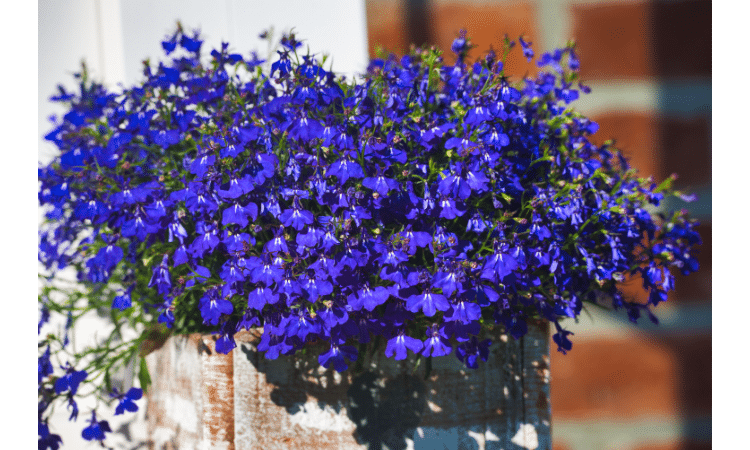
Lobelia is a perennial that grows in hanging baskets, containers and pots. It also makes a fine addition to window boxes.
Lobelia needs full sun to partial shade. It grows well in moist soil and prefers soil that drains well. Lobelias are ideal for hanging baskets because they have small flowers that will not interfere with the view of other plants placed around them.
Million Bells
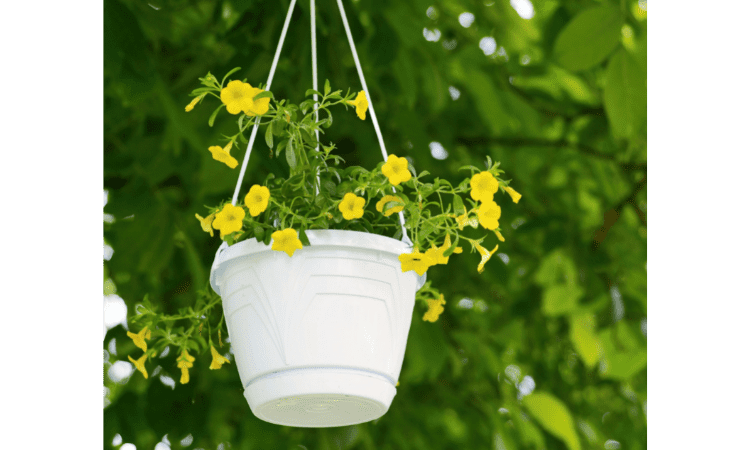
This is a great plant for hanging baskets and containers, as well as window boxes. Million bells are a perennial that grow on vines, so they don’t have to be replanted each year. They’re also drought-resistant, meaning you can water them less frequently than other plants in your garden. To keep your million bells looking their best, prune back the stems and leaves in the fall before the first frost hits so that they’ll bloom again next spring.
Portulaca
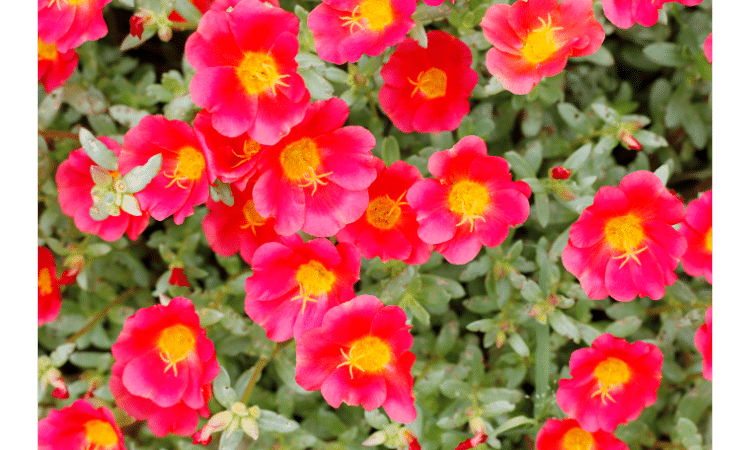
If you are looking for an easy-to-grow plant that will add color and texture to your hanging baskets, consider portulaca. Native to Mexico and Central America, this trailing annual has succulent leaves and small flowers that resemble pansies. Although not as well-known as other plants like marigolds or petunias, it is a great choice for beginners because it requires minimal care and maintenance.
Portulaca grows best in full sun but can tolerate partial shade; however, its leaves may scorch if they receive too much direct sunlight during the hottest parts of the day. It also prefers rich soil with plenty of organic matter such as compost or peat moss added before planting (see below).
Pelargonium
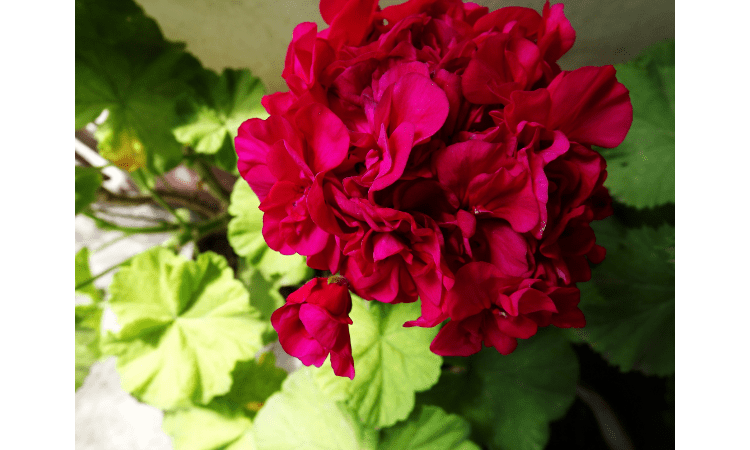
The pelargonium, or geranium plant, is a perennial plant that is native to South Africa. It belongs to the Geraniaceae family and grows as an upright-stemmed shrub with large leaves and clusters of small white flowers.
Pelargoniums are known for their beautiful flowers and colorful foliage. The best time to buy a geranium plant is in spring when it comes into bloom. You can also buy them at any other time of year if you want different colors or varieties that aren’t normally available during springtime blooming periods.
Conclusion
As you can see, there are many wonderful plants for hanging baskets. The best part about these plants is that they are very easy to grow and don’t require a lot of care. This makes them perfect for anyone who wants an easy plant that doesn’t take up too much space in their home or garden.











